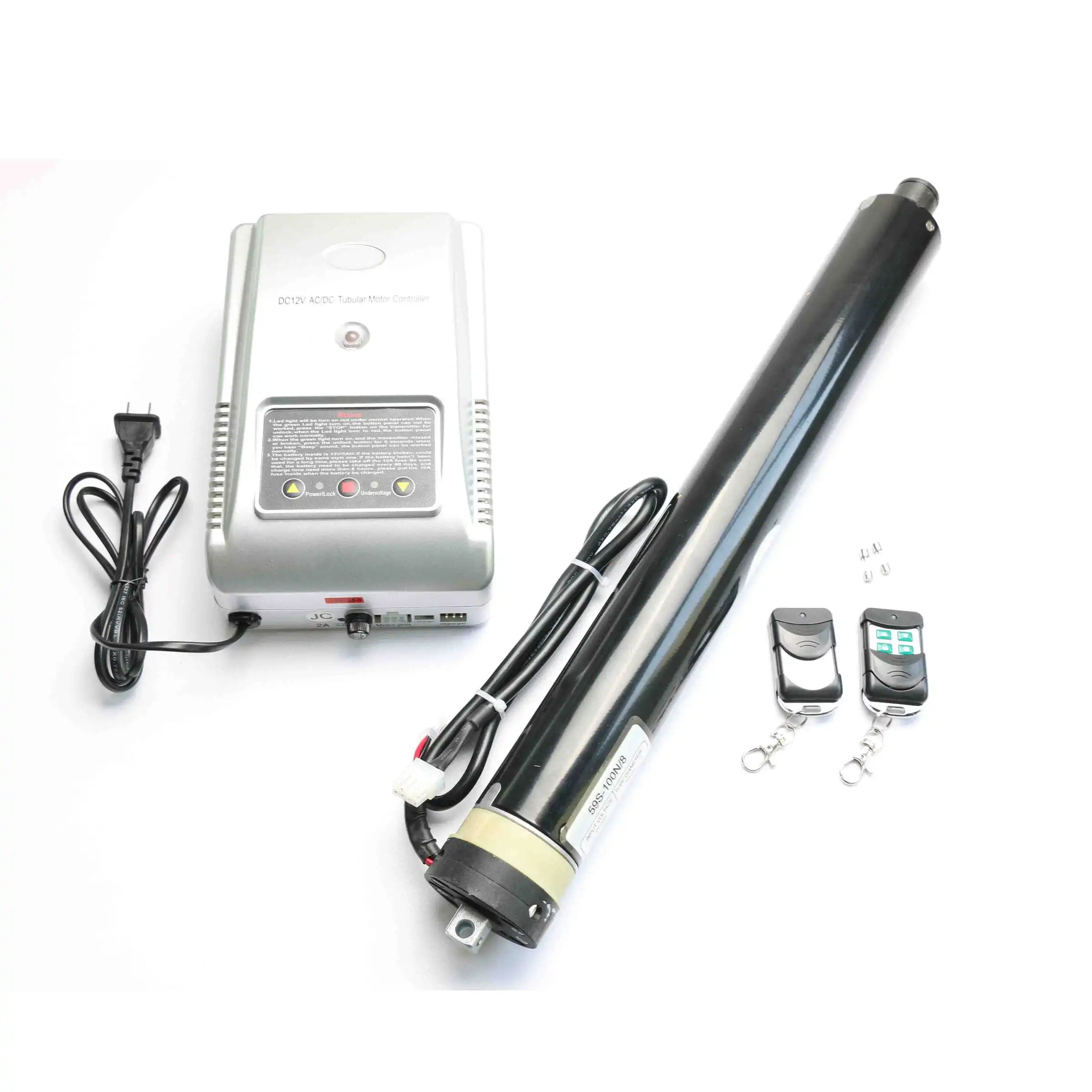How do Tubular Motors Work?
2024-10-25
At the core of a tubular motor is a tube-shaped housing that contains the motor's internal components. This housing is designed to be compact and space-saving, making it easy to install in a variety of window treatment systems. Inside the tube, you'll find a rotor and stator, which are the main components of the motor.

When power is supplied to the tubular motor, the rotor begins to rotate. This rotation is then translated into movement of the shutter or window treatment. The motor is connected to the tube via a gearbox, which helps to amplify the torque output of the motor and allows it to lift or lower heavy loads.
One of the key advantages of tubular motors is their durability. These motors are designed to withstand the rigors of daily use and are built to last for many years. The materials used in their construction are carefully selected to ensure that they can handle the wear and tear associated with constant use.
Another advantage of tubular motors is their silent operation. These motors are designed to run quietly, so you won't have to worry about noise disturbing your home or office. This is particularly important if you plan to use the motor in a bedroom or other quiet space.
Tubular motors are also known for their easy integration with various home automation systems. This means that you can control your shutters, awnings, and other window treatments using a smartphone, tablet, or other smart device. Many tubular motors come with built-in Wi-Fi or Bluetooth connectivity, allowing you to control them remotely from anywhere in the world.
Setting the limits of a tubular motor is also a breeze. Many models come with push-in buttons that allow you to easily set the upper and lower limits of the motor's travel. This ensures that your shutters or window treatments will stop at the exact position you want them to, without any guesswork on your part.
























